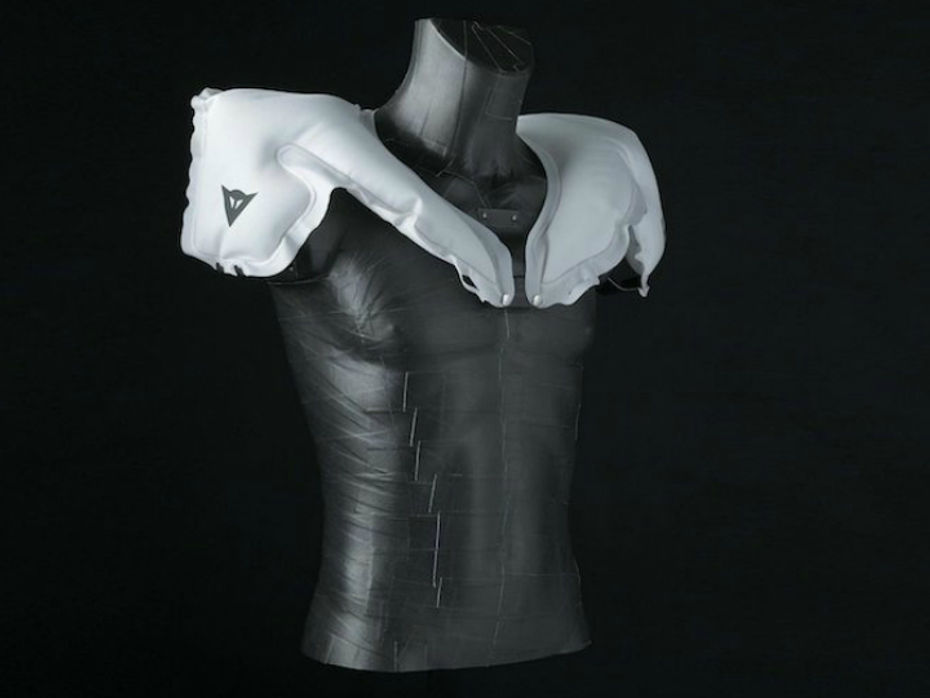
2018 Auto Expo: What To Expect From Suzuki?
- Jan 15, 2018
- Views : 29566


In an effort to boost rider safety across all MotoGP classes, it is now mandatory for all Grand Prix riders to wear an approved airbag system, starting this season. The airbags will be placed within their leather racing suits to protect their shoulders and will be mandatory for all classes including Moto 3, Moto 2 and MotoGP. This ruling will be applied to all the permanent racers as well as replacement riders who will participate for more than two rounds. However, wildcard riders will not fall under this mandate.
The new rule comes with a set of regulations, including the way the airbags are designed for the riders. It states that the airbag should cover and protect the shoulder and collarbone of the rider, while back protection is optional. However, if the racing suit manufacturer decides to include back protection as well, it will need to cover over the entire spine. That said, MotoGP promoters Dorna and FIM have stated that some variations in the back protection design will be allowed, depending on the rider's body type.
These set of regulations will be standard across all teams. This means that the system that regulates battery type, deployment type, electronics and deflation time will be the same for every team. The regulation further states that the airbag system is to be limited only to the racing suit and should not require any modifications to the motorcycle. It should also be noted that Dainese has began licensing its airbag technology to other brands. This has helped several other brands to start developing their own airbag suits.
Currently, some riding gear manufacturers do sell airbag-based suits but they are often considered to be too expensive. This new airbag system will be based on different sensors placed in the suit, which help in monitoring and analysing different types of rider crashes. This, in turn, will help in refining and modifying the suit to make it safer. And some time in the future, this technology will surely trickle down to street-based rider suits as well. And that is why this gets a big thumbs up from our side.

2018 Auto Expo: What To Expect From Suzuki?

Stripped Down Mahindra Mojo Spied Undisguised

Non-ISI And Half Face Helmets Banned In Bengaluru And Mysuru

EXCLUSIVE: 2024 Bajaj Pulsar 150 Launched, Know Onroad Price, New...

Ather Rizta’s Underseat Storage Revealed In New Teaser

Ather Rizta vs Ola S1 Air vs Bajaj Chetak vs TVS iQube :...

Ather Rizta Launch On April 6: From Expected Price To Range...

Weekly Bike News Wrap-up: Bajaj Pulsar N125 And N250 Spied, Ather...

BREAKING: Ather Rizta Pre-Bookings Begin

Ather Rizta Launch Tomorrow: Know Expected Price, Range, Features And...
India's largest automotive community